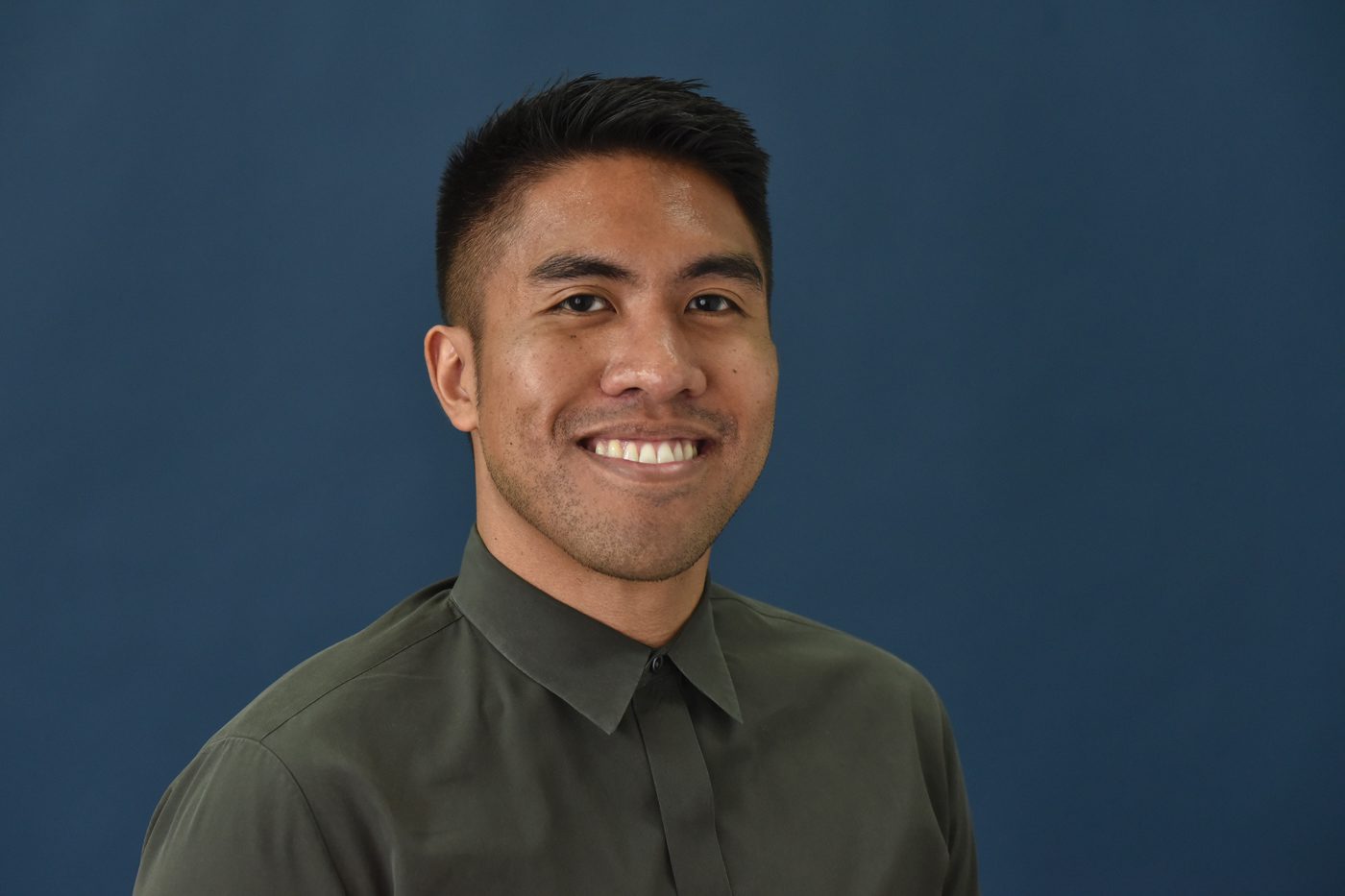Paul Coseo and Laura Smith, both Taubman College Ph.D. students, were accepted into the Graham Institute Doctoral Fellows program this month. They were awarded the fellowship for demonstrating exemplary capabilities in scholarship, research design, and cross-disciplinary success.
Jointly sponsored by the Graham Foundation and the University of Michigan, the Graham Environmental Sustainability Institute “fosters cross-disciplinary collaboration to create and disseminate knowledge and to offer solutions related to complex environmental sustainability issues,” according to their website.
While both students strive for similar sustainability objectives, their personal research interests differ impressively.
Smith’s focus pertains to the educational potential of sustainability and “green buildings.”
“I’m asking questions such as: What building features and spatial configurations support, encourage and ultimately increase the likelihood of environmentally responsible behaviors inside buildings? The question requires that I reach across disciplinary boundaries to foundational research in environmental psychology and environmental education; the goal is to inform designers of high-performance green buildings,” she said.
Coseo’s research interest, in contrast, is to comprehend the links among sustainability, climate and urbanization.
“Many sustainability efforts aim to create compact settlement patterns,” he said. “Yet compact patterns of development increase the amount of impervious surface, which generally exacerbates temperature increases contributing to urban heat islands. I will look at Chicago’s Green Alley program, which offers a unique case study of the interactions between human and urban climate systems; investigate the development of Chicago neighborhoods and how human development has created certain urban climate configurations; examine the city’s efforts at adapting infrastructure—in this case alleys—to mitigate or lessen urban heat production; [and,] finally, try to understand to what extent the city prioritizes neighborhoods that are more vulnerable to urban heat stress.”
The stated goal of the Graham Doctoral Fellowship Program itself is “to create a cohort of doctoral students who will ultimately engage in leadership roles within academia, industry, and government.” With the mission to establish the university as “an undisputed global academic leader in the field of environmental sustainability,” the Graham Environmental Sustainability Institute represents a partnership of nine university schools and colleges, including Taubman College of Architecture & Urban Planning, the College of Literature, Science, & the Arts, and Rackham Graduate School.
“Joining this community will put me in touch a network of dedicated peers, a forum where the exchange of ideas will contribute to the success of my future work at the intersection of the built environment and issues of social and environmental sustainability,” Smith said.
Coseo had similar thoughts.
“The fellowship will provide me with an interdisciplinary forum to present my ideas to a wider audience and test concepts, methods, and receive critical feedback,” he said. “In addition, the knowledge of the other fellows and members of the institute will help me refine and improve my understanding of different perspectives of sustainability.”
For more information on the Graham Institute or the Graham Doctoral Fellowship Program, visit here.








